Blunt Club-rush,
Inland Club-rush
Display all 11 images
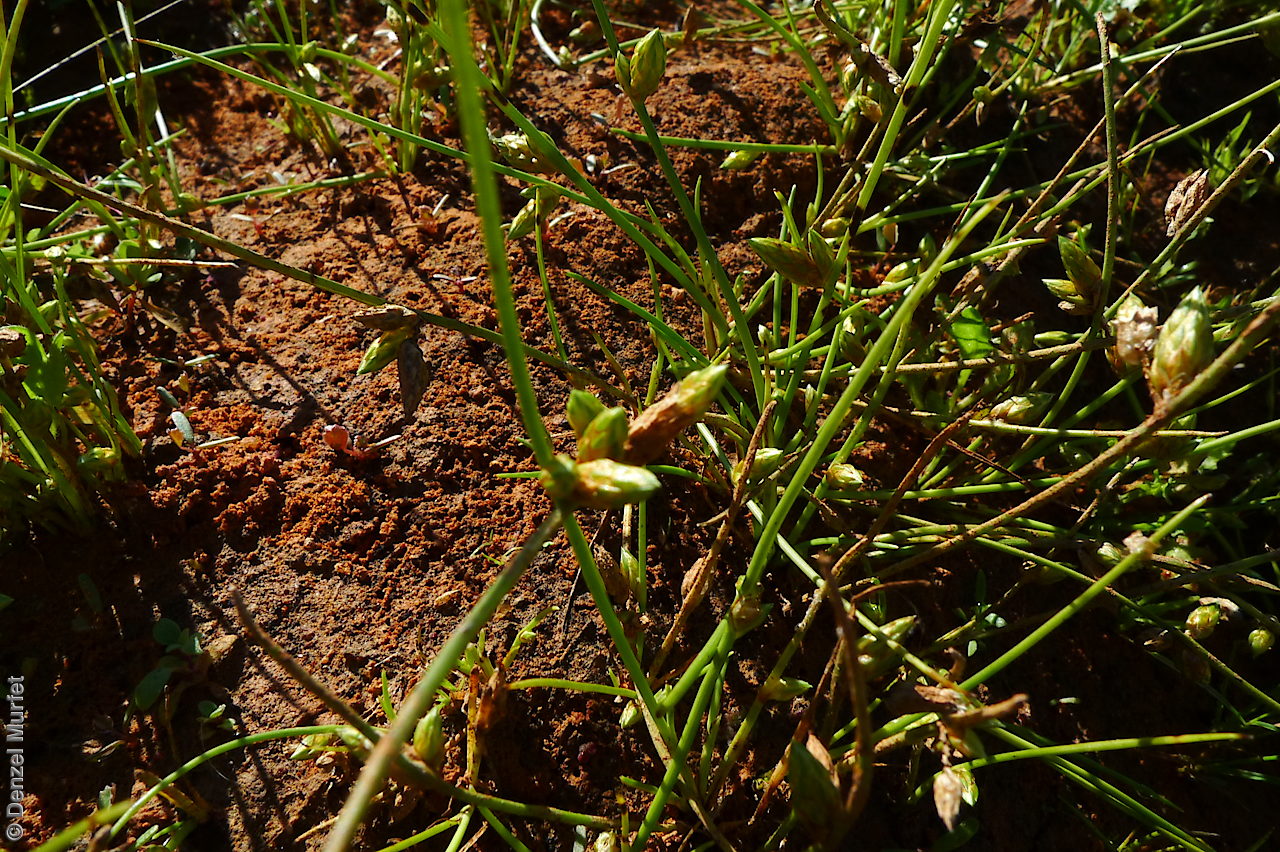
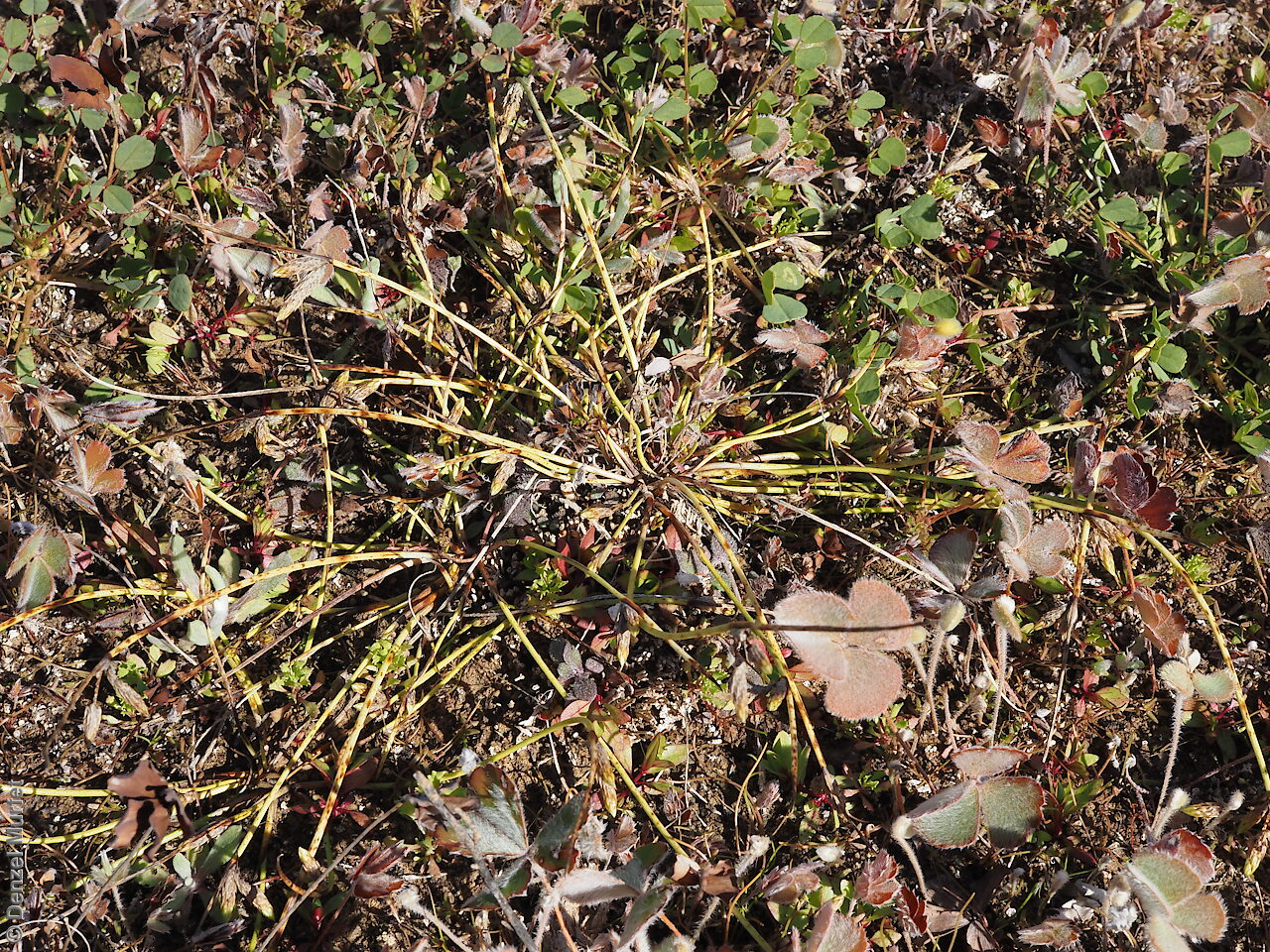
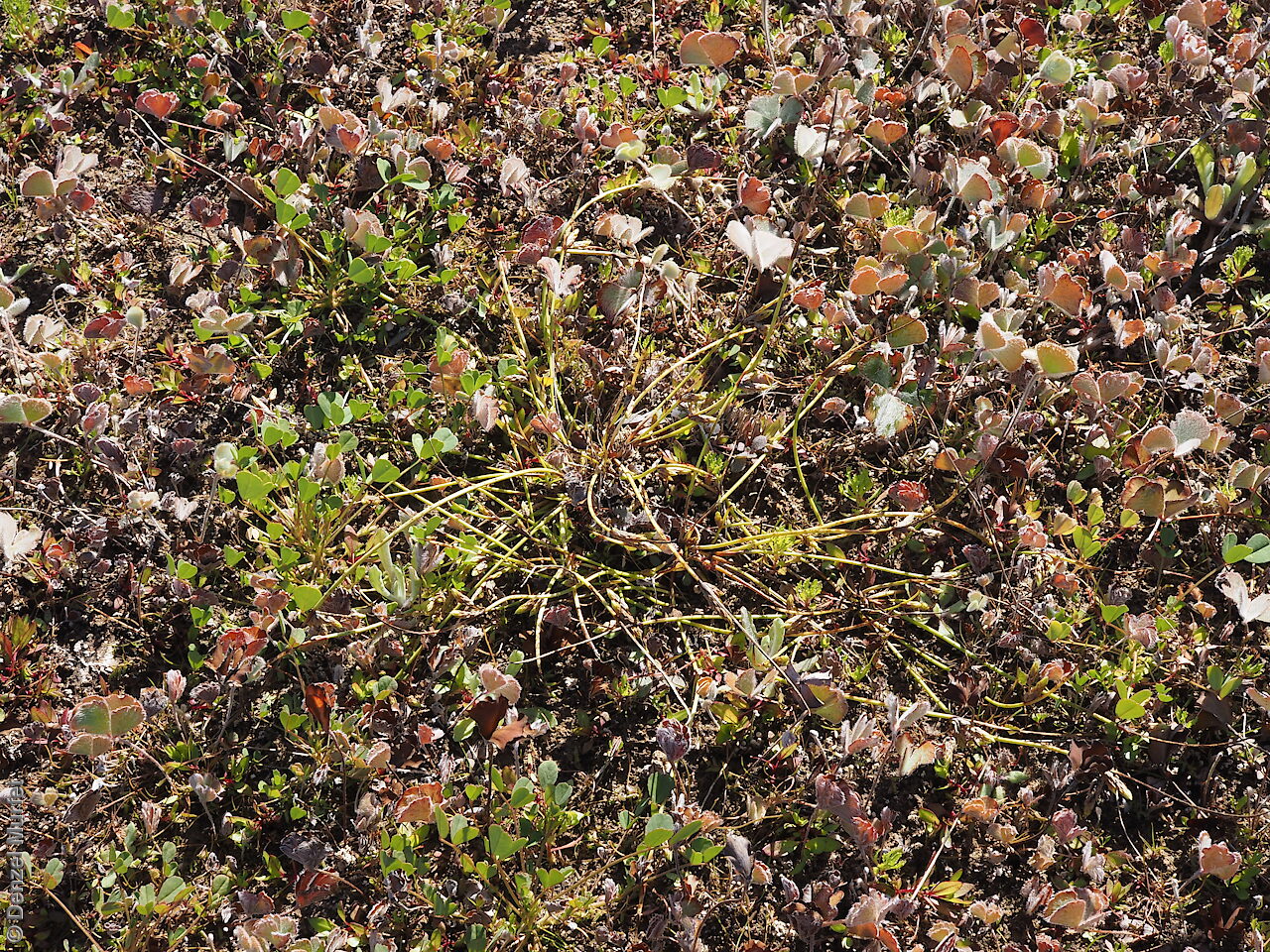
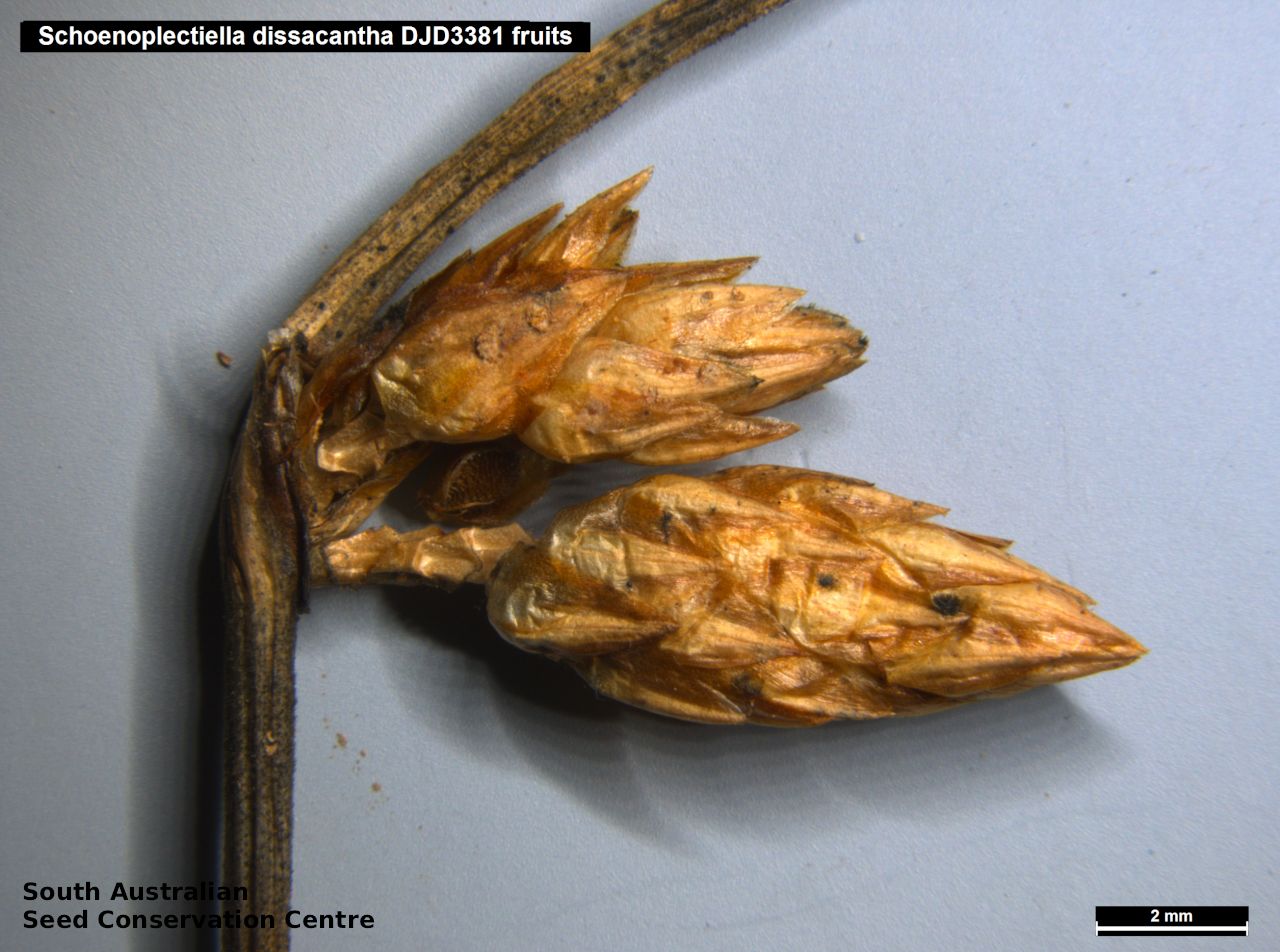
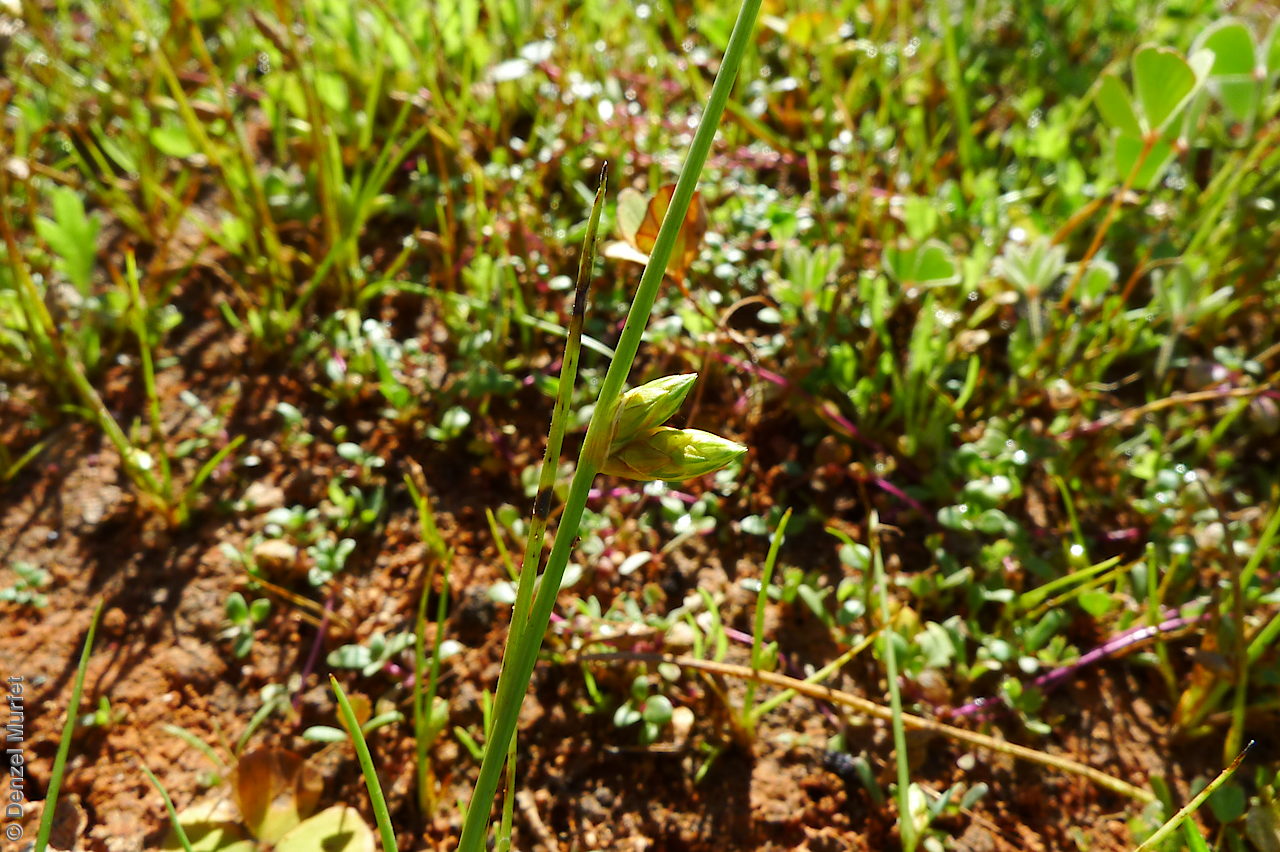

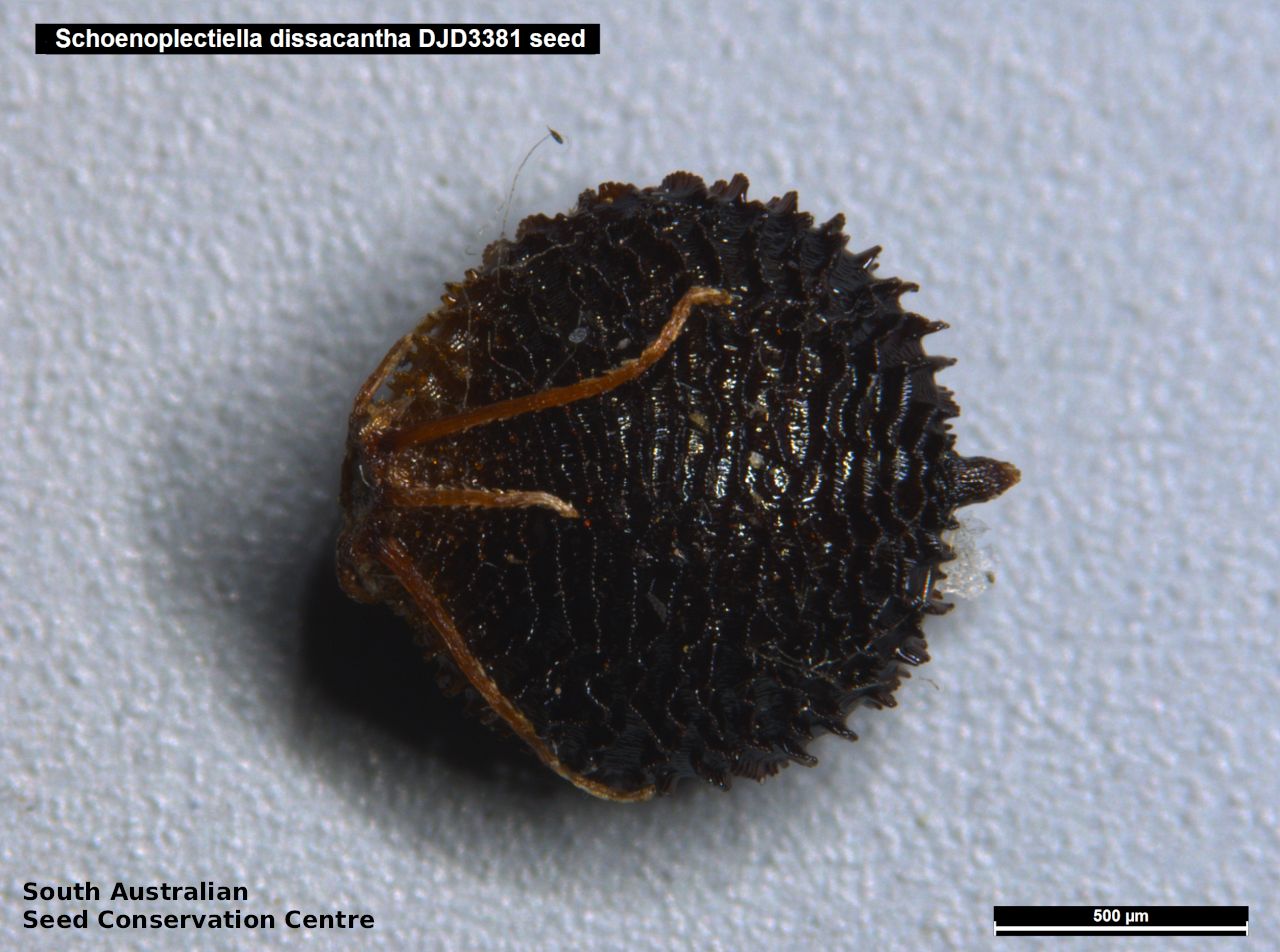
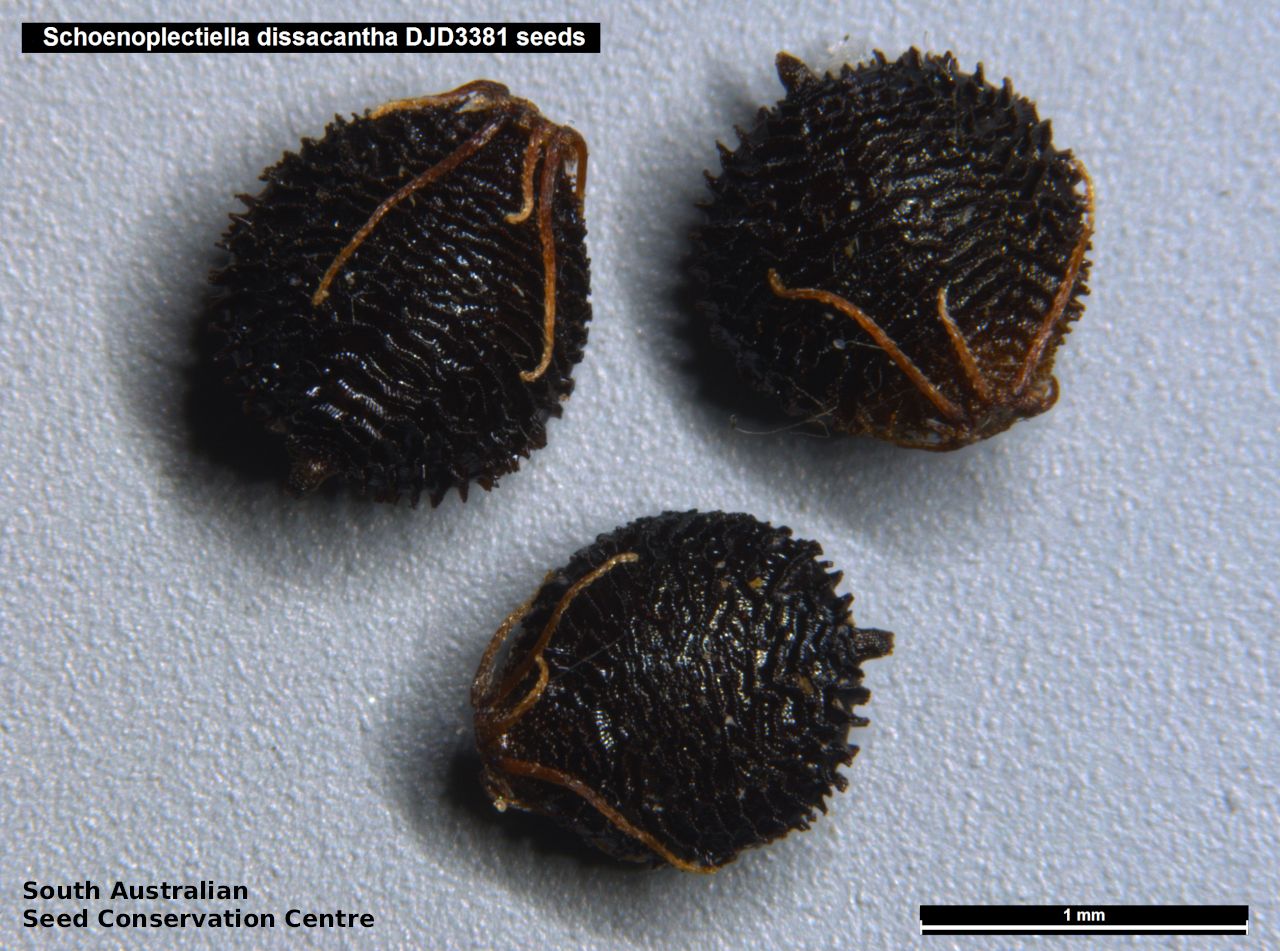
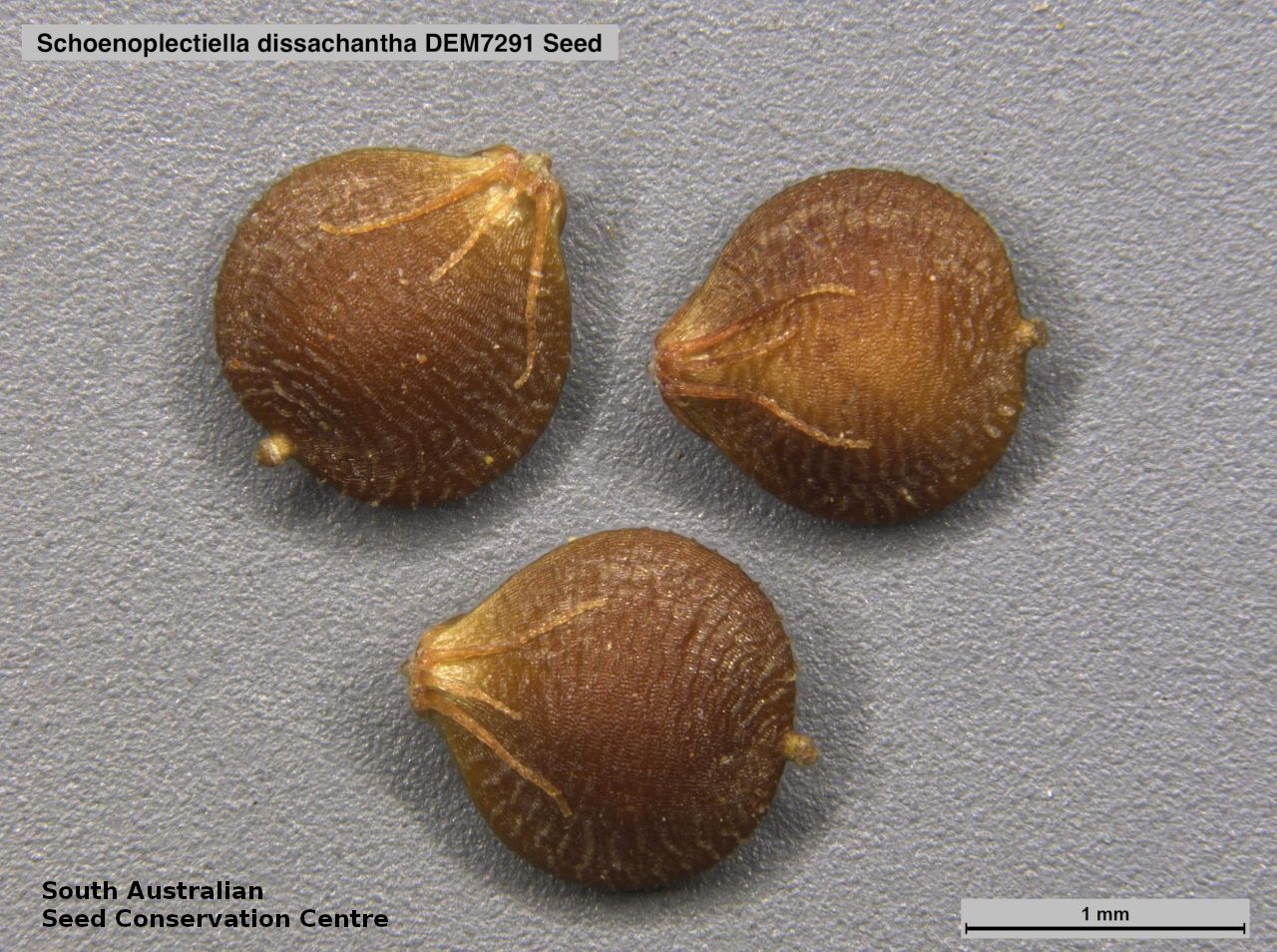
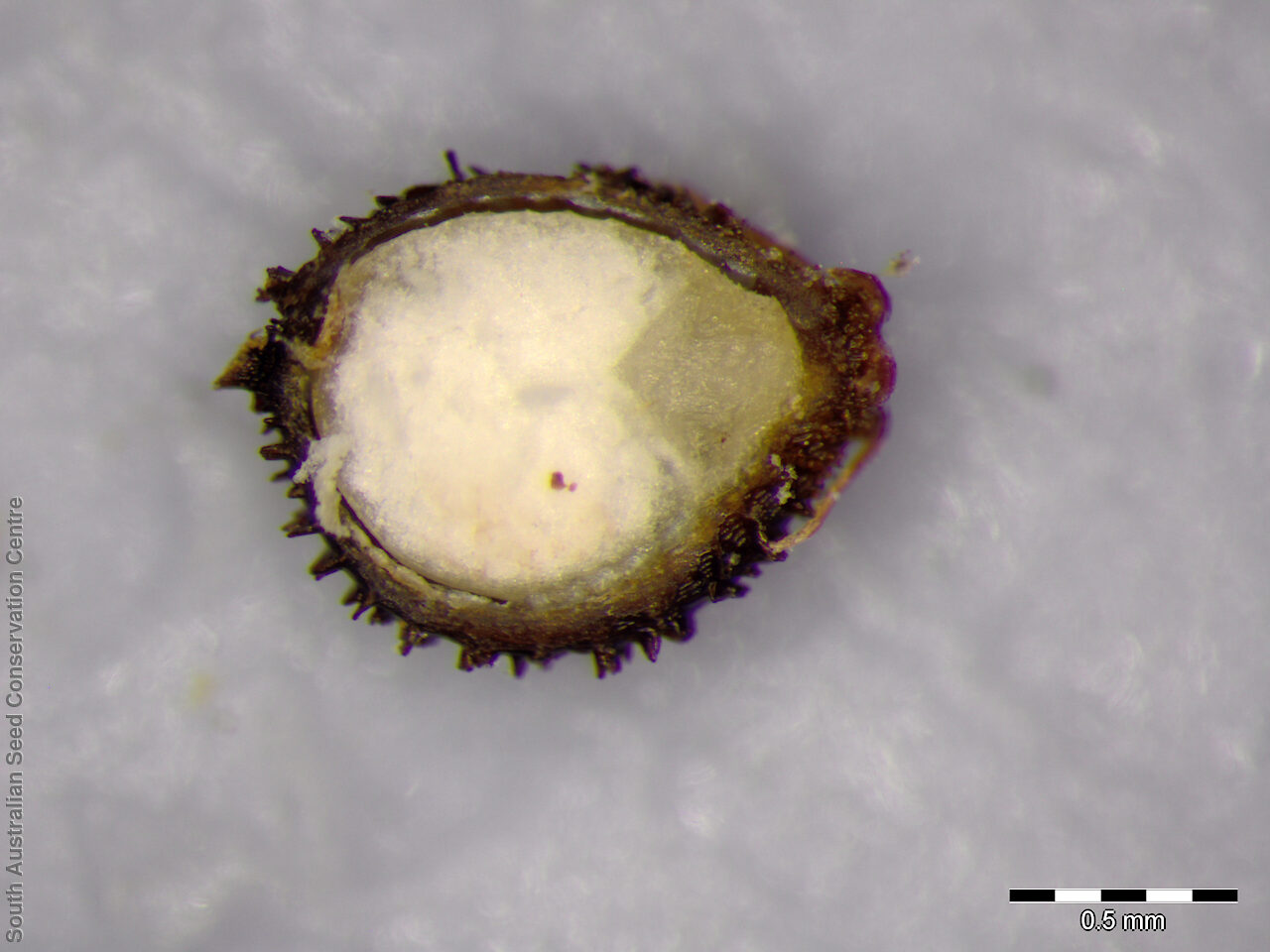
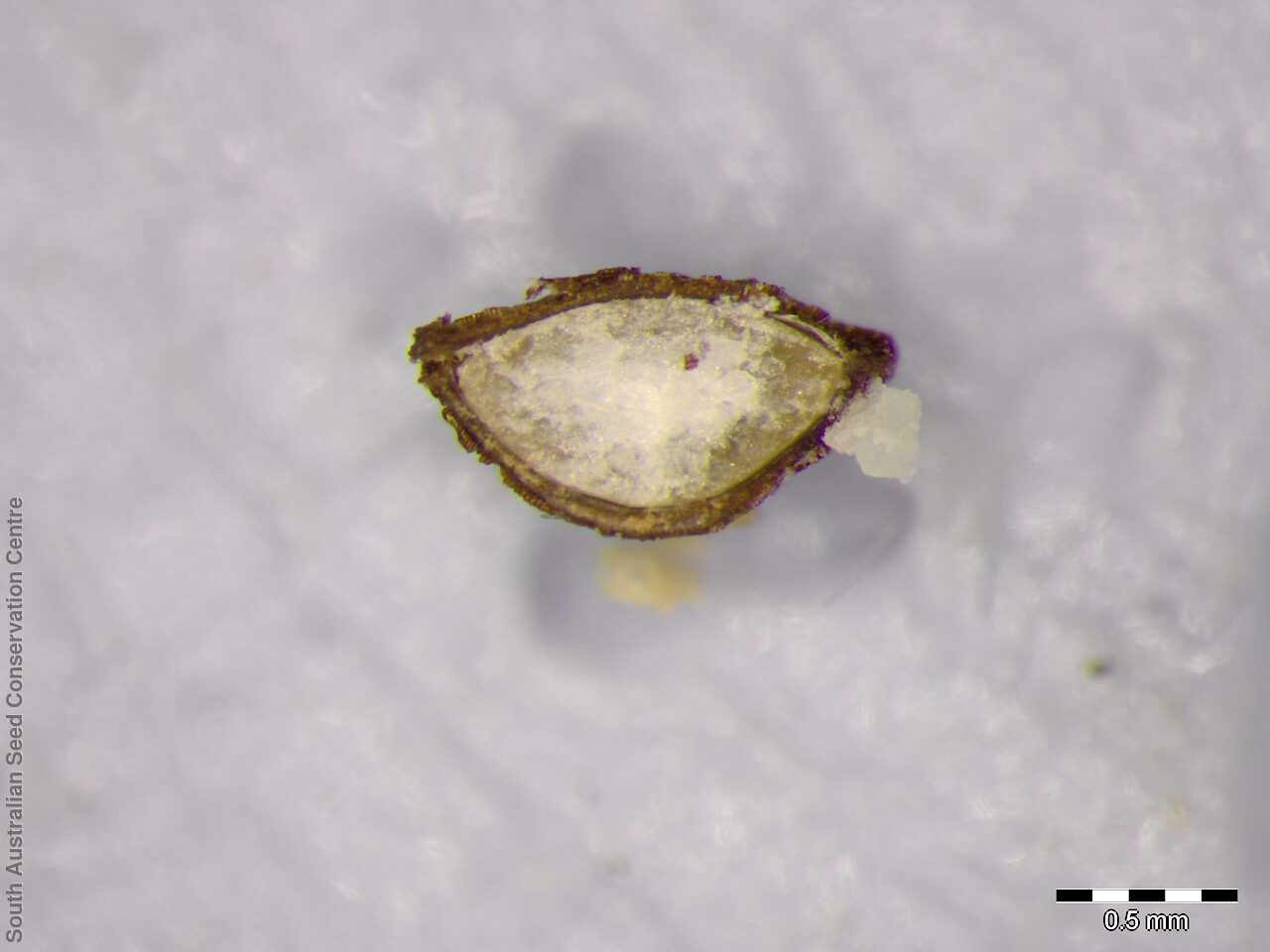
Regional Species Conservation Assessments per IBRA subregion.

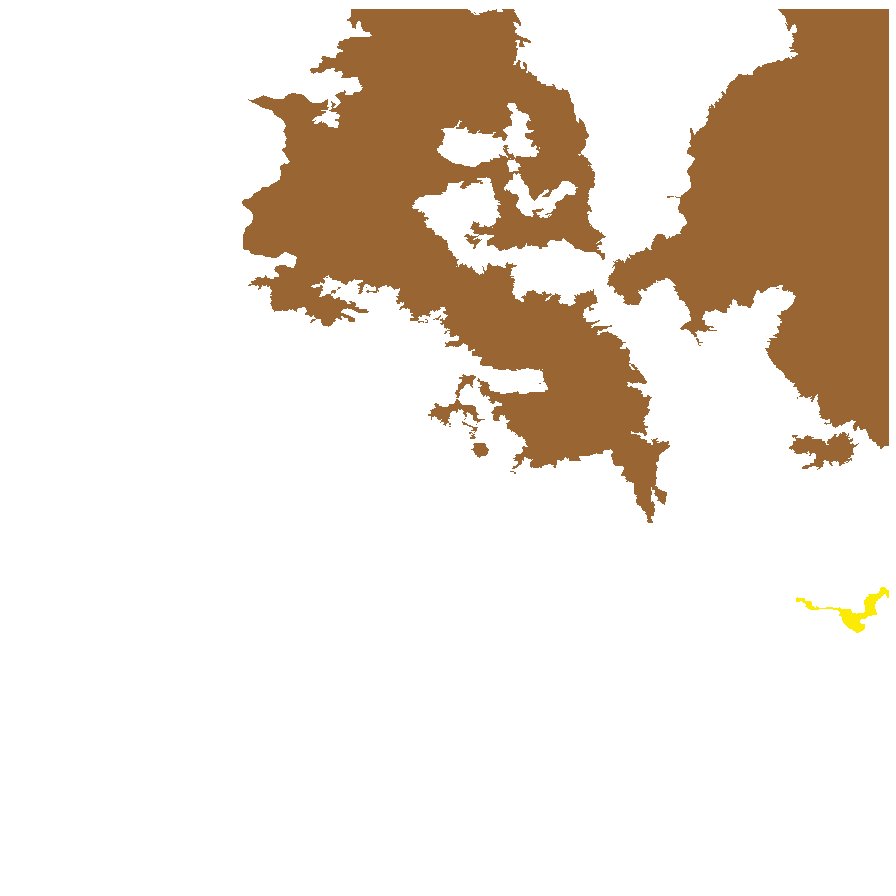
Least concern
Near threatened
Rare
Vulnerable
Endangered
Critically endangered
Extinct
Data deficient
Adelaide
Arkaroola
Ceduna
Coober Pedy
Hawker
Innamincka
Marla
Marree
Mount Gambier
Oodnadatta
Renmark
Wudinna
Keith
Yunta
Display IBRA region text
| Murray Scroll Belt (RIV06) | Riverina | Vulnerable (IUCN: VU D1+2) |
| Gawler Lakes (GAW03) | Gawler | Rare (IUCN: RA d(ii)) [flood response] |
| Arcoona Plateau (GAW04) | | Rare (IUCN: RA d(ii)) [flood response] |
| Roxby (GAW07) | | Rare (IUCN: RA d(ii)) [responds to good years of rain; in niche habitats] |
| Commonwealth Hill (GAW08) | | Rare (IUCN: RA d(ii)) [responds to good years of rain; in niche habitats] |
| Tallaringa (GVD05) | Great Victoria Desert | Rare (IUCN: RA d(ii)) [responds to good years of rain; in niche habitats] |
| Barrier Range Outwash (BHC04) | Broken Hill Complex | Rare (IUCN: RA d(ii)) [spread by birds; ephemeral] |
| Bimbowrie (BHC05) | | Rare (IUCN: RA d(ii)) [spread by birds; ephemeral] |
| Warriner (SSD04) | Simpson Strzelecki Dunefields | Rare (IUCN: RA d(ii)) [responds to good years of rain; in niche habitats] |
| Strzelecki Desert (SSD05) | | Rare (IUCN: RA d(i,ii)) [responds to good years of rain; in niche habitats] |
| Breakaways (STP01) | Stony Plains | Rare (IUCN: RA d(ii)) [responds to good years of rain; in niche habitats] |
| Oodnadatta (STP02) | | Rare (IUCN: RA d(ii)) [responds to good years of rain; in niche habitats] |
| Murnpeowie (STP03) | | Rare (IUCN: RA d(ii)) [responds to good years of rain; in niche habitats] |
| Macumba (STP05) | | Rare (IUCN: RA d(ii)) [responds to good years of rain; in niche habitats] |
| Witjira (STP06) | | Rare (IUCN: RA d(ii)) [responds to good years of rain; in niche habitats] |
| Sturt Stony Desert (CHC02) | Channel Country | Rare (IUCN: RA d(ii)) [responds to good years of rain; in niche habitats] |
| Coongie (CHC06) | | Rare (IUCN: RA d(ii)) [responds to good years of rain; in niche habitats] |
| Lake Pure (CHC07) | | Rare (IUCN: RA d(ii)) [responds to good years of rain; in niche habitats] |
| Pedirka (FIN04) | Finke | Rare (IUCN: RA d(ii)) [responds to good years of rain; in niche habitats] |
| Murray Scroll Belt (RIV06) | Riverina | Vulnerable (IUCN: VU D1+2) |
| 4 of 8 subregions | Gawler | Rare |
| Tallaringa (GVD05) | Great Victoria Desert | Rare (IUCN: RA d(ii)) [responds to good years of rain; in niche habitats] |
| 2 of 4 subregions | Broken Hill Complex | Rare |
| 2 of 4 subregions | Simpson Strzelecki Dunefields | Rare |
| 5 of 7 subregions | Stony Plains | Rare |
| 3 of 4 subregions | Channel Country | Rare |
| Pedirka (FIN04) | Finke | Rare (IUCN: RA d(ii)) [responds to good years of rain; in niche habitats] |
Prior names
Schoenoplectus dissachanthus
Scirpus dissachanthus
Common names
Blunt Club-rush
Inland Club-rush
Etymology
Greek 'schoinos' a rush, 'plektos' twisted and 'dis' two, 'akantha' thorn.
Distribution and status
Grows in seasonally wet open situations. Native
Herbarium regions: North Western, Lake Eyre, Nullarbor, Gairdner-Torrens, Eastern, Murray
NRM regions: Alinytjara Wilurara, South Australian Arid Lands, South Australian Murray-Darling Basin
AVH map: SA distribution map (external link)
Plant description
Annual tufted herb to 30cm high. Leaves usually reduced to sheaths. Inflorescence a cluster of 1�5 (rarely to 10) sessile spikelets. Spikelets 1-3 in a cluster, sessile, yellowish or greenish-yellow, oblong, cylindrical, obtuse, usually 7-10 mm long, many-flowered. Flowering March-April . Fruits are nut subglobose or obovoid, unequally biconvex, 1.0�1.3 mm long, 1 mm wide, closely and prominently transversely rugose, yellow-brown to black, shining.
| Location | No. of seeds
(weight grams) | Number
of plants | Date
collected | Collection number
Collection location | Date
stored | % Viability | Storage
temperature | BGA
MSB | 34,500 (12.6 g)
34,500 (12.6 g) | 50+ | 12-Mar-2007 | RJB70963B
Gairdner-Torrens | 1-Aug-2007 | 80% | -18°C |
BGA
MSB | 14,000 (4.76 g)
14,000 (4.76 g) | | 13-Mar-2007 | RJB70961
Gairdner-Torrens | 1-Aug-2007 | 90% | -18°C |
| BGA | 2,900 (1.77 g) | 50+ | 11-Aug-2010 | TST940
Lake Eyre | 1-Jan-2012 | 100% | -18°C |
| BGA | 6,700 (3.11 g) | | 31-Aug-2016 | DJD3381
Lake Eyre | 1-Nov-2017 | 75% | +5°C, -18°C, -80°C |
Location: BGA — the seeds are stored at the Adelaide Botanic Gardens, MSB — the seeds are stored at the Millennium Seed Bank, Kew, England.
Number of plants: This is the number of plants from which the seeds were collected.
Collection location: The Herbarium of South Australia's region name.
% Viability: Percentage of filled healthy seeds determined by a cut test or x-ray.
Germination table:
Display












